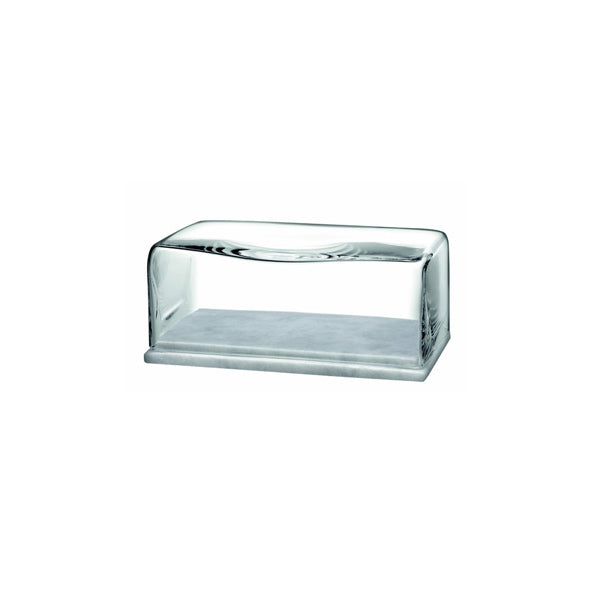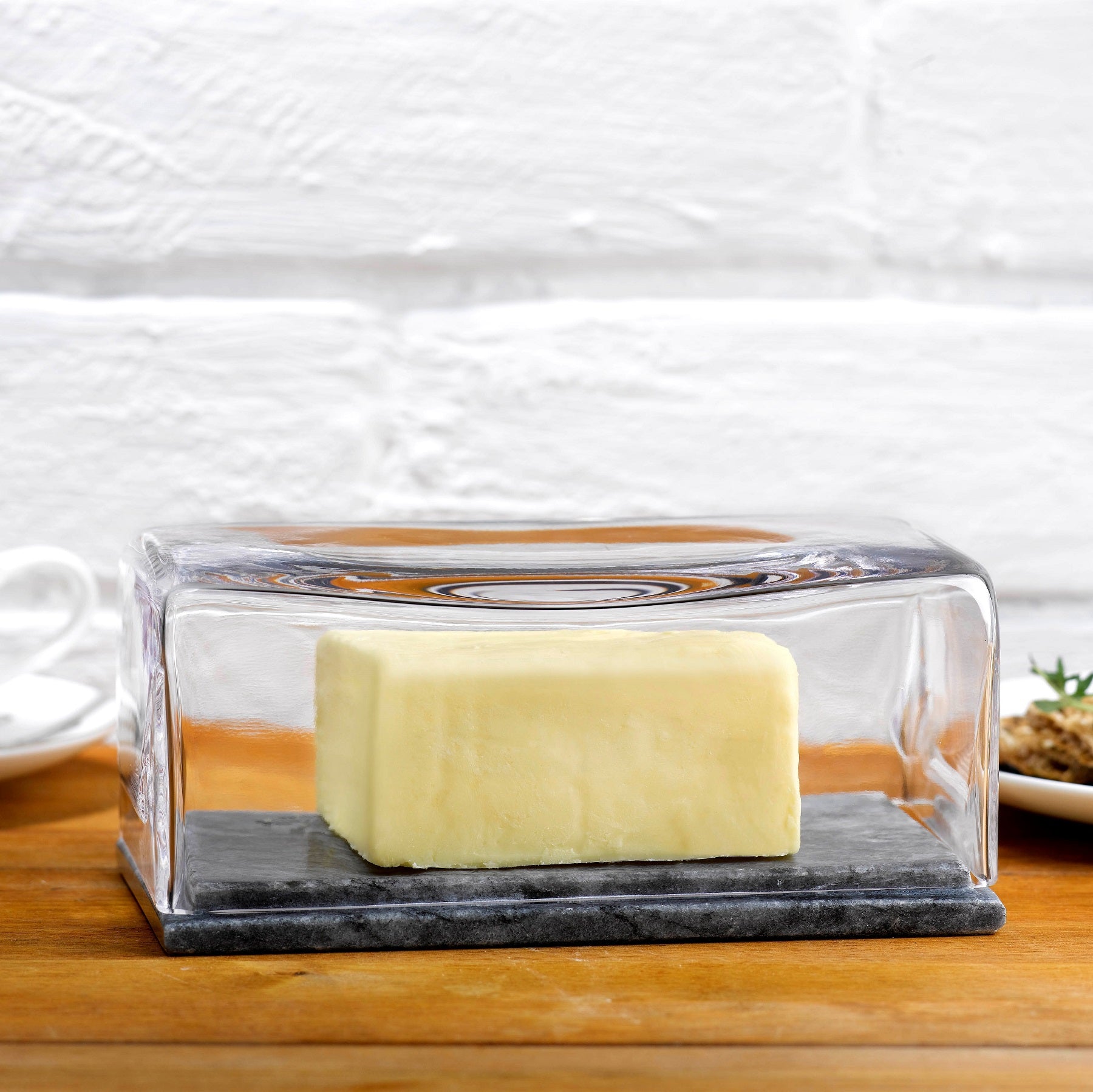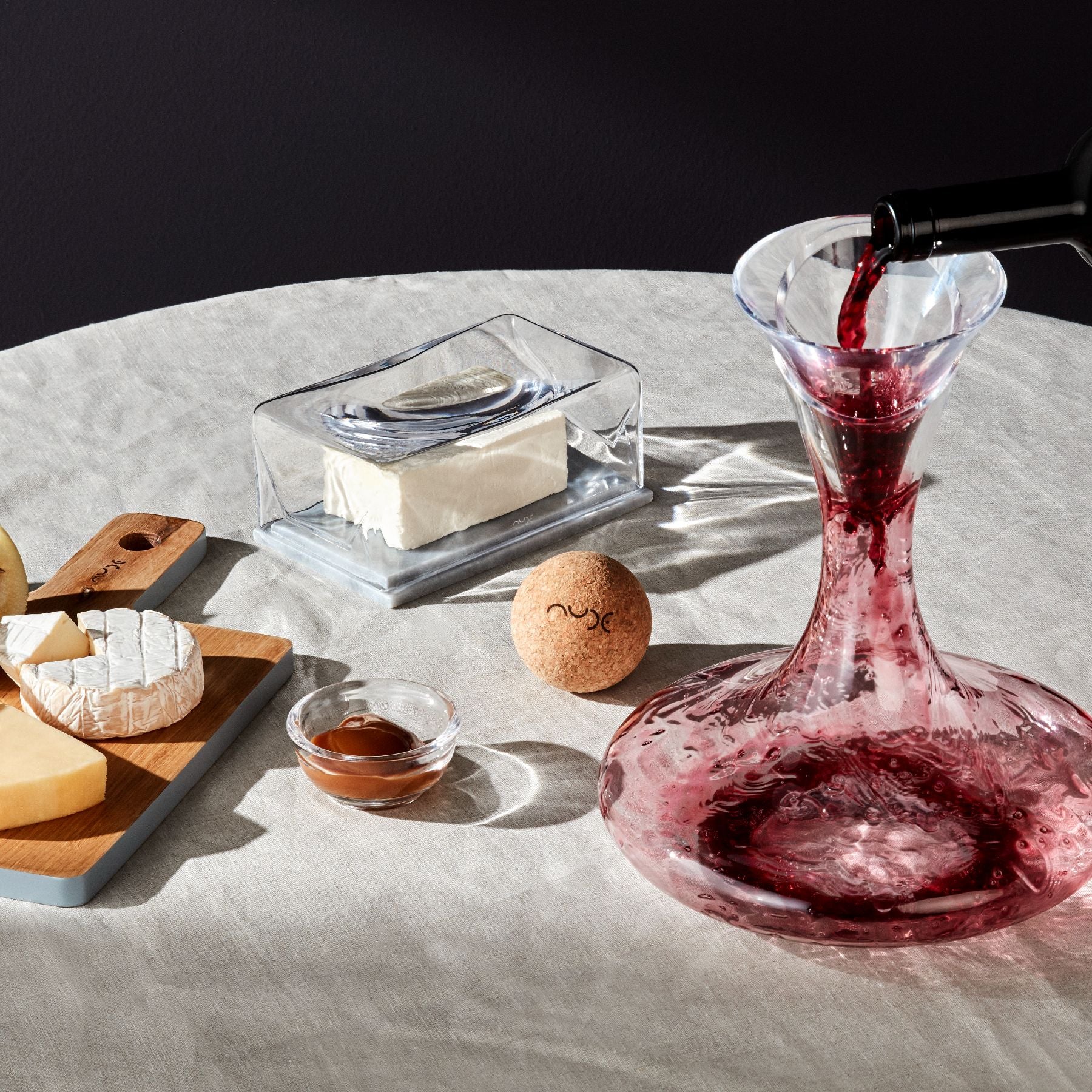Aydınlatma sistemi iç mekanların atmosferini güçlendiren en önemli detaylardandır. En sık kullanılan aydınlatmalardan olan lamba modelleri de estetik yapısı, işlevselliği ve fonksiyonelliğiyle dikkatleri üzerinde toplar. Doğru aydınlatma modelleri ile iç mekanlarınızı rahat hale getirebilir, evlerinizde istediğiniz etkiyi yakalamaya başlayabilirsiniz. Ayrıca tavan aydınlatma gibi ürünler ile kullandığınız odaya ferah bir hava katabilirsiniz. Evlerin yanı sıra aydınlatma ürünleri ofis gibi alanlarda da oldukça önemlidir. Sarkıt lambader modelleri, pratik bir şekilde ofis alanlarını aydınlatmanıza olanak tanır. Bununla beraber çalışma alanlarının daha estetik ve şık bir görünüm kazanmasını sağlar.
Aydınlatma sistemleri yaşam alanlarının işlevselliğini artırırken aynı zamanda daha estetik hale gelmesine de yardımcı olur. İç mekanlarınıza ışık katmanları ekleyebilir, istediğiniz alanda özel tasarımlar yaratabilirsiniz. Işığı doğru bir şekilde kullanarak iç mekanlarınıza hayalinizdeki derinliği kazandırabilirsiniz. Klasik ya da modern aydınlatma sistemleri, iç mekanlarınızda istediğiniz unsurları yakalamanıza yardımcı olur. Bununla beraber NUDE Glass’taki ürünleri incelediğinizde bazı modellerin veranda ya da balkon gibi alanlarda da kullanılabildiğini görebilirsiniz. Böylece dış mekanlarda da ihtiyaç duyduğunuz aydınlatma sistemini kurabilirsiniz.
NUDE Glass Aydınlatma Ürünleri Modelleri
NUDE Glass’taki aydınlatma ürünleri geniş bir yelpazeye sahiptir. Seçenekleri incelediğinizde dekoratif, masa üstü ya da sarkıt gibi farklı özelliklere sahip parçalar olduğunu görmeniz mümkündür. Böylece alternatifler içerisinden ihtiyaçlarınız doğrultusunda seçim yapabilir, yaşam alanlarınıza hayalinizdeki etkiyi katabilirsiniz. Blow, Mira, Mono ya da Tree gibi farklı koleksiyonlar içeren ürünler farklı zevklere hitap eder. Geniş kullanım alanı sayesinde yaşam alanlarının etkileyiciliğini artırır. NUDE Glass’taki ev aydınlatma ürünleri arasında aklınızdaki seçenekleri bulabilir, yaşam alanlarınıza uygun tercihleri kolayca yapabilirsiniz.
Tarzınıza Uygun Modern Lamba Modelleri
Aydınlatma modelleri farklı stillere uyum sağlayacak seçeneklere sahiptir. Seçenekler arasında klasik ya da modern fark etmeksizin her ortamla uyum sağlayan parçalar yer alır. Böylece dekorasyon stilinizi göz önünde bulundurarak alternatifler arasından seçiminizi yapabilirsiniz. Aydınlatma ürünleri genel olarak şu şekildedir:
- Modern avize modelleri yaşam alanlarına çarpıcı detaylar katarak dikkatleri üzerinde toplar. Sade ve şık tasarımlara sahip olan ürünler, geometrik formları ve metalik detaylarıyla öne çıkar. Seçenekleri incelediğinizde dekorasyonun zarafetini tamamlayan ve çağdaş çizgileriyle ortamın havasını değiştiren pek çok model olduğunu görebilirsiniz. Modern parçalar kullanmaktan hoşlanıyorsanız sade ve metalik detaylara sahip parçalar arasından seçim yapabilirsiniz.
- Endüstriyel avize modelleri de oldukça popülerdir. Cam, metal ve bazı durumlarda ahşap malzemelerin bir araya gelmesiyle üretilen ürünler, eğer loft tarzı dekorasyonlardan hoşlanıyorsanız sizin için uygun olabilir. Endüstriyel dekoratif lamba çeşitleri genellikle büyük boyutlardadır. Restoran ya da kafe gibi ortamlar için de uygundur. İşletmenize çarpıcı detaylar katmak ve kendine has bir görünüm kazandırmak istiyorsanız ürünlere göz atabilirsiniz.
- Sarkıt aydınlatma ürünleri hem modern hem de klasik tarzdaki ortamlarla uyum sağlayan ürünlerdendir. Farklı renk ve tasarım seçeneklerine sahiptir. Klasik ve modern tavan aydınlatma ürünleri arasında dikkat çeken sarkıtlar, yaşam alanlarınıza farklı bir hava katmanıza olanak tanır. Metal detaylarına sahip olanları endüstriyel tarzda döşediğiniz odalarda, altın varaklı olanları avangard alanlarda ve sade olanları minimal yerlerde değerlendirebilirsiniz.
- Geometrik avize modelleri ise modern dekorasyonun vazgeçilmez parçaları arasındadır. Üçgen gibi geometrik şekillerden ilham alınarak üretilen modeller, değerlendirdiğiniz odaya çarpıcı bir doku kazandırabilir. Minimal ve modern tasarıma sahip evlerinize dikkat çekici detaylar katmak istiyorsanız geometrik şekilli avizeler ideal olur.
Dekoratif Aydınlatma Ürünleri
Aydınlatma modelleri herhangi bir ortamın mimari ve estetik özelliklerini ortaya çıkarabilir. İyi aydınlatılmış odalar, evinize samimi ve davetkar bir hava katmanıza yardımcı olur. Ayrıca aydınlatma sistemleri iş yerlerinizde de daha ilgi çekici alanlar yaratmanızı mümkün hale getirir. Dekoratif aydınlatma ürünleriyle dekorasyonunuzu iyileştirmek isterseniz bu detaylara göz atabilirsiniz:
- Tavan aydınlatma modelleri küçük alanların daha büyük gözükmesine yardımcı olur. Ayna gibi dekoratif obje çeşitleriyle lambaları bir araya getirerek küçük alanlarınıza çarpıcı detaylar kazandırabilirsiniz. Aynayı doğru bir şekilde ışıklandırarak küçük alanların daha estetik ve geniş gözükmesini sağlayabilirsiniz.
- Odalarınızda belirli bir alanı ortaya çıkarmak istiyorsanız ev lamba çeşitleri modelleri bu konuda size yardımcı olur. Odanızın belirli bir alanını ya da duvardaki resmi daha belirgin hale getirmek istiyorsanız dekoratif lamba modellerinden yararlanabilirsiniz. Dekoratif lamba modelleri ve süs eşyalarınızı bir araya getirerek yaşam alanlarınızın çekiciliğini artırabilirsiniz.
- Farklı aydınlatma lambası çeşitlerini kullanarak yaşam alanlarınıza çarpıcı detaylar katabilirsiniz. Tek bir aydınlatma ürünü yerine birden fazla ışık kaynağını birleştirerek daha katmanlı bir görünüm oluşturabilirsiniz. Avize ve lambader gibi ürünleri bir araya getirerek hem kullanışlı hem de şık alanlar oluşturabilirsiniz.
- Dengeli ve samimi bir atmosfer yaratmak istiyorsanız odanın tavanının ortasına yerleştirilen avizeler, ilk bakıştan itibaren dikkatleri üzerinde toplar. Böylece yaşam alanlarınıza hayalinizdeki dekoratif dokuyu kazandırmanızı mümkün hale getirir. Avize modelleri, doğru şekilde aydınlatma sağlarken aynı zamanda iç mekanların genel estetiğini de iyileştirir. Dekorasyon stilinize uygun materyallerle tasarlanan avizelerle şık bir etki yaratabilirsiniz.
Aydınlatma ürünleri, her ortamda farklı estintiler elde edilmesine yardımcı olur. Oda aydınlatma ürünlerini inceleyerek siz de yaşam alanlarınızın havasını değiştirecek ürünlere anında ulaşabilirsiniz.
Odalarınıza Estetik Katacak Aydınlatma Ürünleri
Aydınlatma ürünleri aynı zamanda iç mekanlarınızın atmosferini ve dekorasyonunu da önemli ölçüde etkiler. Odalarınıza estetik detaylar katacak aydınlatma ürünleri şu şekildedir:
- Ev lamba çeşitleri arasında masa üzerinde kullanılan modeller oldukça popülerdir. Masa üstü aydınlatma ürünlerini evin hemen hemen her odasında rahatça kullanabilirsiniz. Çalışma masalarını aydınlatmak ve yaşam alanlarınıza şık detaylar katmak için ürünlerden yararlanabilirsiniz. Bununla beraber masa aydınlatma ürünleri aynı zamanda odalarınızın genel tasarımını da etkiler. Masalarınızla uyumlu oda lambaları ile estetik ve dikkat çekici bir ambiyans oluşturabilirsiniz.
- Yüksek tavan aydınlatma ürünleri yaşam alanlarını daha çekici hale getirmenize yardımcı olur. Odanız yüksek tavana sahipse aydınlatma ürünleri ile etkileyici bir görünüm yakalayabilirsiniz. Ayrıca sarkıt aydınlatma gibi ürünler, merdiven boşluklarına etkileyici bir hava katmanıza yardımcı olur. Merdiveninize değmeyecek şekilde konumlandırdığınızda ürünlerle etkileyici bir tasarım oluşturabilirsiniz.
- Koridor aydınlatma ürünleri hem işlevsel hem de şık olmasıyla dikkat çeker. Özellikle uzun koridorlarınız varsa ürünler sayesinde bu alanları dikkat çekici hale getirebilirsiniz. Koridor duvarlarınıza astığınız resimleri aydınlatma ürünleriyle ortaya çıkarabilir, istediğiniz etkiyi yaratabilirsiniz. Koridor tavan aydınlatma ürünleri ise alanı hem doğru bir şekilde ışıklandırmanızı hem de şık bir hava yakalamanızı mümkün hale getirir. Koridor alanlarınızı nasıl ışıklandıracağınızı bilemiyorsanız seçeneklere göz atabilirsiniz.
- Salon aydınlatma modelleri diğer alanlarla kıyaslandığında daha şık detaylara sahiptir. Avize ya da sarkıt lamba çeşitleri, salonların daha şık görünmesine yardımcı olur. Salonlarınızda ilk bakıştan itibaren ilgi odağı olacak bir alan yaratmak istiyorsanız aydınlatma modellerini inceleyebilirsiniz.
Masaüstü aydınlatma ürünlerinden sarkıtlara kadar aradığınız parçalara NUDE Glass’ın geniş koleksiyonu içerisinden ulaşabilirsiniz. Dekorasyonu güçlendirmek ve istediğiniz görünümü yakalamak için ürünlerin fonksiyonel ve şık detaylarından yararlanabilir, zevklerinizi ön plana çıkarabilirsiniz.
Aydınlatma Ürünleri Çeşitleri
Etkili bir şekilde odaları aydınlatmak ve istediğiniz dekoratif detayları elde etmek istiyorsanız lambalar bu noktada size yardımcı olabilir. Aydınlatma modelleri geniş bir ürün yelpazesine sahiptir. Böylece yaşam alanlarınızı zenginleştirecek detaylar elde edebilir, istediğiniz görünümü kısa sürede yakalayabilirsiniz. Hem klasik hem de modern çizgilere sahip olan ürünler şu şekildedir:
- Blow opal başlıklı lamba modeli, özel olarak tasarlanan dikkat çekici parçalardandır. Sıcak hava balonlarını anımsatan tasarımı, yaşam alanlarına çarpıcı bir görünüm kazandırır. Ürünün ana gövdesi kurşunsuz kristaldendir. Kurşunsuz kristal, lambaya dayanıklılık kazandırır. Buzlu beyaz camdan oluşan bölüm ise şık ve zarif bir görünüm elde edilmesini mümkün hale getirir. Üst ve alt zemin lastik şeritlerle birbirine bağlandığı için ürün göz alıcı detaylarıyla öne çıkar.
- Mira lamba modeli, endüstriyel görünümüyle oturma odalarına yeni bir soluk getirir. Kristal gövdeye sahip olan model, sağlam yapısıyla dikkat çeker. Bakır soketi sayesinde yaşam alanlarına orijinal detaylar kazandırır. Dekorasyona farklı ve estetik parçalar katmak istiyorsanız Mira koleksiyonu sizin için uygun olabilir. Farklı renk seçeneklerine sahip olan model, aynı isimli koleksiyonun diğer ürünleriyle birlikte kullanıldığında diğer dekorasyon ürünleriyle bütünleşen bir uyum yakalar.
- Mono serisi de Mira lamba modeliyle benzer detaylara sahiptir. İşlenmemiş camdan üfleme tekniğiyle üretilen model, zarafetiyle yaşam alanlarına şık bir görünüm kazandırır. Bununla beraber soket bölümü de beton ya da bakırdır. Farklı malzemelerin eşsiz bir şekilde bir araya gelmesi, Mono koleksiyonundaki lambanın orijinal detaylar kazanmasını sağlar.
- Orion lamba modeli geleneksel tasarımlardan çok farklı ve orijinal bir parçadır. Odalara romantik bir görünüm kazandırırken masalarınızın üzerini daha işlevsel hale getirir. Ürünün alt tabanı kumlu camdır. Üstünde ise özel olarak şekillendirilmiş kristal cam lamba vardır. Yatak odasında ya da dinlenme alanlarında bu modeli değerlendirebilirsiniz.
- Smooth beton tabanlı lamba, masa ya da sehpalarınızın üzerinde kullanabileceğiniz eşsiz bir modeldir. Ürünün alt bölümü betondur ve lambası kristal camdır. Zıt malzemelerin eşsiz uyumu, parçayı dikkat çekici kılar. Opak kristal ile betonun çarpıcı uyumu, ürünü dekorasyonun eşsiz bir parçası haline getirir.
- Tree meşe altlıklı lamba da doğal yapısı ve zarif lambasıyla dikkat çeker. Meşe altlık, ürünü birçok yerde kullanabileceğiniz hale getirir. Retro, klasik ya da country fark etmeksizin her dekorasyon tarzıyla başarılı bir şekilde uyum sağlar. Bununla beraber ahşap altlık, ürünün ağır bir görünüm kazanmasını sağlar. Kullandığınız alanda sıcak ve davetkar bir hava katmak istiyorsanız meşe altlıklı bu parçaya göz atabilirsiniz.
NUDE Glass’taki aydınlatma sistemlerini ev yaşam ürünleri ile bir araya getirerek iç ve dış mekanların daha estetik bir görünüm kazanmasını sağlayabilirsiniz. Birçok farklı seçenek arasından hayalinizdeki parçalara anında erişebilirsiniz.
Aydınlatma Ürünleri Fiyatları
Aydınlatma ürünlerinin fiyatları birçok faktörden etkilenir. Böylece seçenekler arasından bütçenize uygun olanı kolayca bulabilirsiniz. Ürünlerin fiyatlarını kullanılan malzeme belirler. Beton, bakır, cam ya da ahşaptan üretilen modellerin fiyatları birbirinden farklıdır. Bununla beraber camın kalınlığı da fiyatları belirleyen faktörler arasında yer alır. Ayrıca bazı modellerin üzerinde ek işlemeler yer alır ve bu desenler, ürünlerin etiketlerini değiştirir. Her bütçeye hitap eden seçenekler arasından size hitap edeni bulabilir, yaşam alanlarınızda istediğiniz etkiyi yakalayabilirsiniz. NUDE Glass’ın geniş koleksiyonu arasından hayalinizdeki seçeneklere vakit kaybetmeden erişebilirsiniz.



